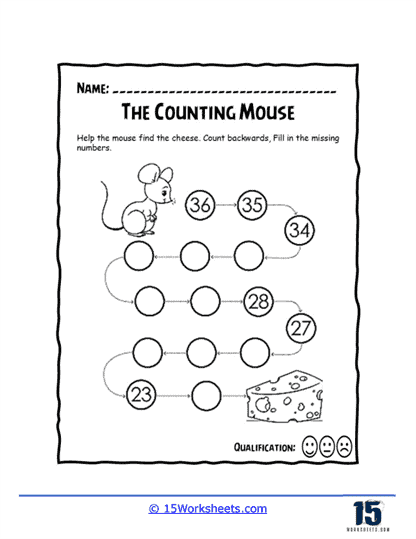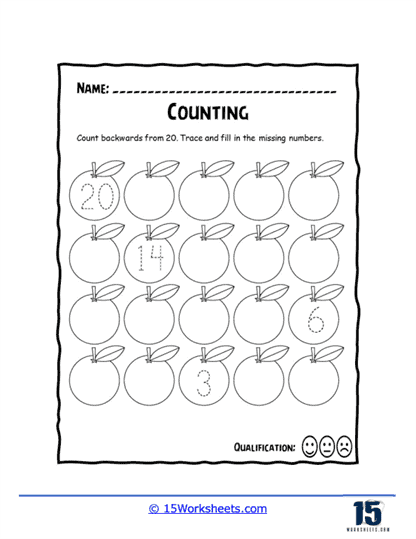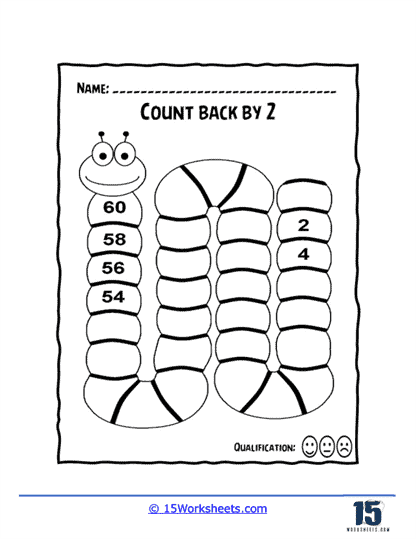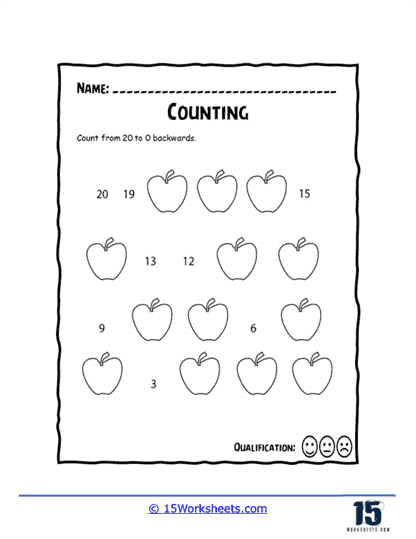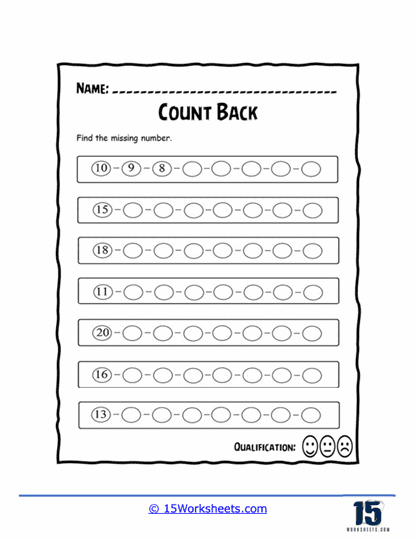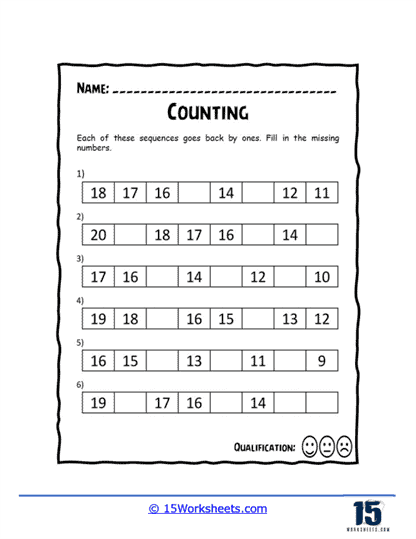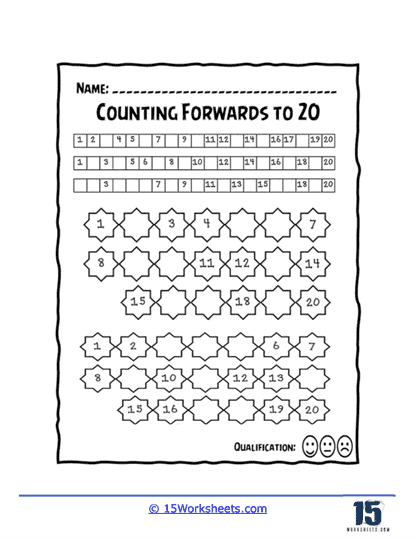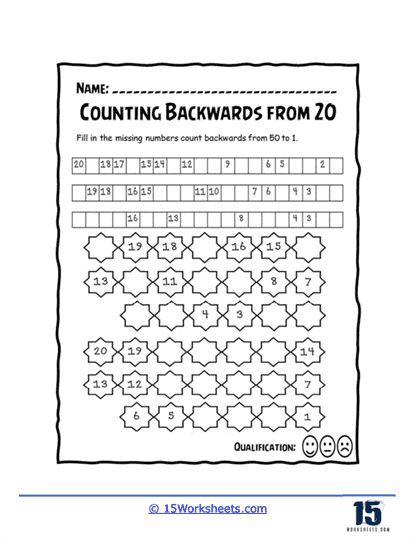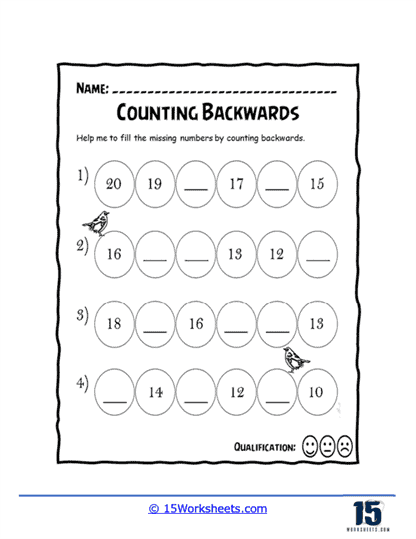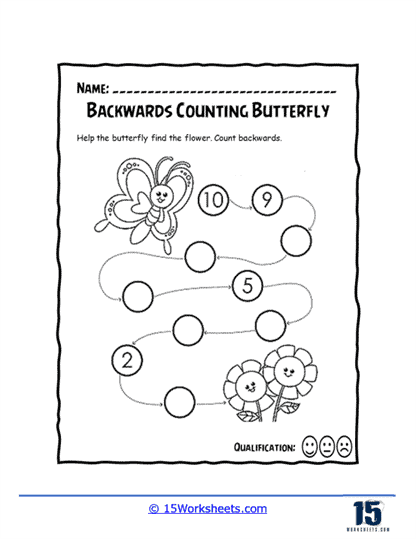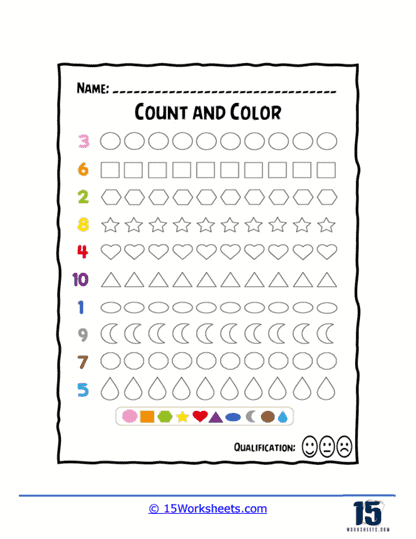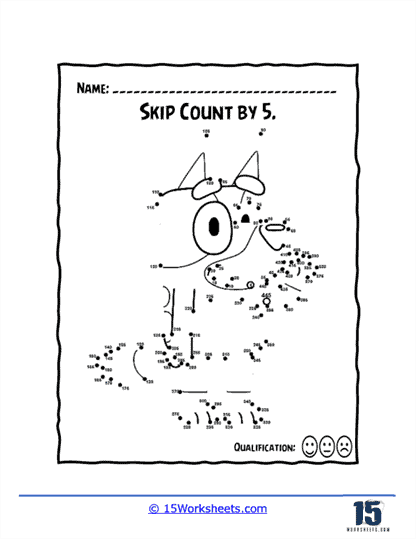Counting Backwards Worksheets
What Are Counting Backwards Worksheets?
These carefully designed worksheets are not just tools for teaching children to count; they are a powerful resource that can transform a child’s understanding of numbers by helping them master the often-overlooked skill of counting backwards. Imagine being able to provide your child or student with an activity that is both engaging and educational, all while setting a foundation for mathematical success. These worksheets do exactly that by guiding children through the process of counting backwards from a given number, all the way down to zero. But they do so much more than just teach a simple counting skill-they open up a world of numerical understanding that will benefit the child for years to come.
The beauty of these worksheets lies in their versatility and variety. They aren’t one-size-fits-all, but rather come in different formats that can cater to a wide range of learning styles. From fill-in-the-blank exercises that challenge children to think critically about the sequence of numbers, to matching games that make learning feel like play, these worksheets are designed to keep kids engaged while they learn. Puzzles add an extra layer of excitement, encouraging children to solve problems in a way that feels more like a game than a task. Whether they are filling in missing numbers or circling the next number in a countdown, the process is active, stimulating, and interactive.
If counting forwards is like climbing a set of stairs, counting backwards is like descending from the top step. For example, instead of counting “1, 2, 3,” children are encouraged to count “10, 9, 8,” all the way down to zero. But it’s not just about rote memorization. Counting backwards helps children grasp the concept of number order in a deeper, more intuitive way.
Let’s illustrate this concept with a fun example. Picture a child playing with a tower of building blocks. As they remove each block one by one, instead of counting forwards as they usually would-“1, 2, 3”-they count backwards: “10, 9, 8.” With each block they take away, they are not only practicing their counting but also learning about how numbers decrease and how one number follows another in reverse. It turns what could be a simple activity into a meaningful learning experience, showing them that numbers don’t just increase-they can decrease too, and there’s a specific, logical order to it.
A Look At These Worksheets
Counting backwards might sound like something you do only when your popcorn is microwaving or when your teacher says, “Ten… nine… eight…” before everyone must finally be quiet. But on this page of deeply educational and oddly entertaining worksheets, students get to dive headfirst into the great reverse journey of numbers with names that sound more like indie rock bands than math handouts. The “Down Stream” and “Mouse to Cheese” worksheets give kids a clear goal: get from Point A to Point B by counting backward-like a numeric Indiana Jones dodging multiplication traps, except the only treasure here is numerical wisdom. The mouse must outwit a cheesy trap by walking backward in numbers, while the stream flows upstream (metaphorically, anyway) with decreasing digits.
Then there are the apple-themed classics: “Apple Countdown” and “Apple Orchard“. These are not about making pies, unfortunately, but they’re just as satisfying. Students peel away numbers like skins from apples-one by one-counting backwards to harvest knowledge, not just fruit. These worksheets use visual aids and familiar settings (orchards, trees, apples) to help kids feel cozy and confident, as if they’re numerically time-traveling through a fall-themed landscape where every dropped number is a leaf. The only worms involved are the ones who try to sneak into your answer key.
Some worksheets are the gym class of the math world-active, jumping, unpredictable. “Snake Links“, “Backward Skips“, and “Filling Holes” are not titles from a mystery novel, but they could be. These focus on recognizing patterns and identifying missing numbers in sequences. One moment you’re skipping down a numeric path (in reverse!), and the next, you’re crawling along a snake that only eats descending digits. Filling in holes is like fixing potholes in a numerical street-you’re doing community service for your brain, and that’s noble work. These worksheets make counting backwards a true mental workout, minus the sore muscles.
For the more logical and slightly dramatic students, worksheets like “Top Down“, “Sequence Voids“, “Squares and Stars“, and “Bring It Back” are for those who like their numbers mysterious and their patterns elusive. These sheets require serious thinking-“Top Down” dares students to think from the summit of numerical mountains, descending like arithmetical sherpas. “Sequence Voids” could be an existential crisis in worksheet form (“Where did that number go? What does it mean??”). “Squares and Stars” sounds festive, but it’s all about reverse calculations-think of it as number yoga. And “Bring It Back” might be the only worksheet to invoke a sense of nostalgic urgency: rescue the numbers, retrace your steps, save the sequence!
Later on, we enter the artistic realm. “Butterfly to Flowers“, “Count and Color“, and “Skip Connect the Dots” blend creativity with mathematics. These are the worksheets for your inner artist who also happens to love a good countdown. You’re not just counting backward-you’re drawing butterflies, coloring patterns, and connecting dots that dance in reverse. Think of it as numerical choreography where numbers do the moonwalk. These exercises sneak in learning with flair, perfect for kids who’d rather draw than divide but end up doing both, all in one go.
This delightful collection of counting backwards worksheets doesn’t just help students master subtraction or number sequencing-it teaches them to retrace their steps with style, humor, and just a dash of educational mischief. Whether they’re skipping, coloring, dodging holes, or harvesting apples, kids won’t just be working through math-they’ll be storytelling in reverse, becoming fluent in the universal language of counting… backwards.
How Counting Backwards Improves Numeracy
Counting backwards is an important skill in developing numeracy, as it helps build a strong foundation for understanding mathematical concepts and performing arithmetic operations. Here are some ways in which counting backwards improves numeracy:
Number Sense – Counting backwards helps students develop a better sense of the relationships between numbers, as well as an understanding of how numbers decrease in value. This skill is essential for working with negative numbers and solving problems that involve subtraction or negative values.
Subtraction – Counting backwards is an effective strategy for learning subtraction, particularly when working with single-digit numbers. By counting backwards, students can determine the difference between two numbers without having to memorize subtraction facts.
Mental Math – Practicing counting backwards enhances mental math abilities, enabling students to perform calculations in their heads without relying on written methods or calculators. This skill is particularly useful for solving real-world problems or working under time constraints.
Problem-solving – Counting backwards can be a valuable strategy for solving a variety of mathematical problems, such as finding missing numbers in a sequence or determining how many items are left after some have been removed.
Estimation – Counting backwards can improve estimation skills, as students learn to gauge the distance between numbers and develop a better understanding of the relative sizes of numbers.
Understanding Inverse Relationships – By counting backwards, students can gain a better understanding of the inverse relationships between addition and subtraction, as well as multiplication and division. This understanding is crucial for solving more complex math problems and working with algebraic expressions.
Developing a Sense of Time – Counting backwards can help students develop a sense of time, as they learn to associate the passage of time with the decreasing sequence of numbers. This skill is useful for tasks such as tracking elapsed time or counting down to an event.
Confidence and Motivation – Mastering the skill of counting backwards can boost students’ confidence in their math abilities and motivate them to tackle more challenging mathematical tasks.
This skill improves numeracy by developing number sense, mental math skills, problem-solving abilities, and a better understanding of inverse relationships. It also enhances estimation skills, time awareness, and overall confidence in working with numbers.


